Estimated reading time: 6 minutes
Spring is right around the corner, and if you’re starting your own vegetable garden for the first time, it may seem like a daunting task. There’s a seemingly endless array of plants to choose from, information on what plants to grow where, and perhaps most importantly, how to grow them!
Most garden-know-how is hard-won by experience and lots of research. Even the most seasoned gardeners are always learning new tricks and tweaking how they grow their favorite crops. But if you’re just starting out, these garden tips and tricks can help make sure you have a bountiful crop.
Want to save this post for later? Click Here to Pin It on Pinterest!
1. Add Egg Shells & Coffee Grounds
Do you enjoy eggs and a cup of coffee in the morning? Don’t throw out those grounds or eggshells! Save both to mix into your garden soil and watch your plants take off.
As coffee grounds decompose in the soil, they release lots of nitrogen, potassium, phosphorus and other minerals that plants love. They can be especially beneficial if you are growing plants like spinach, tomatoes or corn.
When ground up and added to your soil, eggshells provide much-needed calcium to your plants. Calcium, essential for plant growth, is the same mineral that makes the hard outer shell of the egg. As the eggshells decompose, they release this calcium and other nutrients needed for plants to thrive.
Here are some more things you can use to fertilize your garden.
2. Trap Cropping
A trap crop is a sacrificial plant that you can add to your garden to attract pests away from your more valuable crops. Each trap crop attracts a different kind of pest. Nasturtiums are attractive to aphids and will often draw them away from your other plants. Chervil is a favorite of slugs and French Marigolds are said to attract nematodes, slugs, and thrips.
3. Companion Planting
In addition to planting crops that will draw pests away from your more valuable crops, try to plant crops that will attract beneficial insects that prey on pests. Beneficial insects include ladybugs, lacewings, and minute pirate bugs. Ladybugs and lacewings feed on pesky aphids and minute pirate bugs feed on thrips.
Yarrow, Dandelion and Queen Anne’s Lace are a favorite of ladybugs and lacewings. You can also order many beneficial insects online to release into your garden or greenhouse.
Here's a companion planting chart and guide.
4. Testing Soil’s pH with Vinegar and Baking Soda
Knowing your soil’s pH is key when starting a garden. Soil pH affects what kinds of plants will grow best in your soil and the availability of certain nutrients. You can test your soil’s pH by sending it off to a lab or buying a test kit, but there is a more economical way to do it with items that you probably already have in your kitchen!
To start, all you need is some baking soda, vinegar, and two samples of soil from your garden. First, add ½ cup of vinegar to one sample of soil. If it fizzes, you have alkaline soil. This means the pH of your soil is less acidic.
If your soil doesn’t fizz after adding vinegar, take the next sample of your soil and mix distilled water with it until it’s muddy, then add ½ cup of baking soda. If it fizzes after adding the baking soda, you have acidic soil. If your soil doesn’t react to either the baking soda or vinegar, then your soil pH is neutral.
Here's how to test soil the way pioneers did.
5. Use Sunken Pots to Restrict Herb Growth
It’s hard not to love having fresh herbs in your garden. Thyme, Rosemary, Mint and Bee Balm are all wonderful additions to a fresh garden. But many of these herbs spread from their roots and can often take over a garden if left unchecked. So how can you grow these fragrant perennials without losing the rest of your garden to them?
One of the most effective methods is to sink bottomless containers into your garden soil, leaving the top two inches of the pot above the soil, then plant the herbs within the container. This allows the herb’s roots to grow down within the container rather than out towards the plants next to them. Because the container is bottomless, you can water the herbs as you normally would.
Even if you use this method, you should still keep a close eye out for any herb shoots that grow outside of the container and be sure to prune them immediately to avoid an herb takeover.
6. Start Seeds to Save Money
Buying young new plants for your garden each spring can turn expensive quick. To save money in the spring, consider starting your own plants from seeds by growing them indoors before the season starts. Packets of seeds are much less expensive than buying young plants from a nursery, and the process can be very simple. All you need to start are seeds, containers to plant them within, a warm space inside, and some light.
You can start seeds in old pots, yogurt containers, egg cartons, or any other container that has good drainage. Be sure to clean the containers first, sterilizing them with a bleach solution of 1 part bleach to 9 parts water. It is also very important that the containers have good drainage, so be sure to add holes to the bottoms of your containers if necessary.
Fill your containers with seed-starting soil mix and plant according to the directions on the seed package. Each type of seed will have different planting depth, temperature, and water requirements.
Seedlings need a lot of light. If you’re further south, a sunny, south-facing window may be all you need to start your seeds. But chances are you will need to add some artificial light to make sure your seedlings get enough rays. You can purchase a specially made light for starting seeds but inexpensive T8 or T12 fluorescent bulbs will also do just fine.
Here's our ultimate guide to starting seeds.
7. Add Compost in the Fall
Adding compost to your garden has a wide variety of benefits. But it can be a lot of work to adequately mix in that compost before you plant in the spring! Save your back and some time by spreading your compost on the top of your garden in the fall and cover with a mulch of straw or dead leaves.
Then, just let nature take its course. The melting snow and soil organisms like earthworms that were active during the fall and winter months will mix in the compost for you, leaving you with well-mixed and ready to plant soil in the spring.
Here's our beginner's guide to composting.
Like this post? Don't forget to Pin It on Pinterest!
You May Also Like:

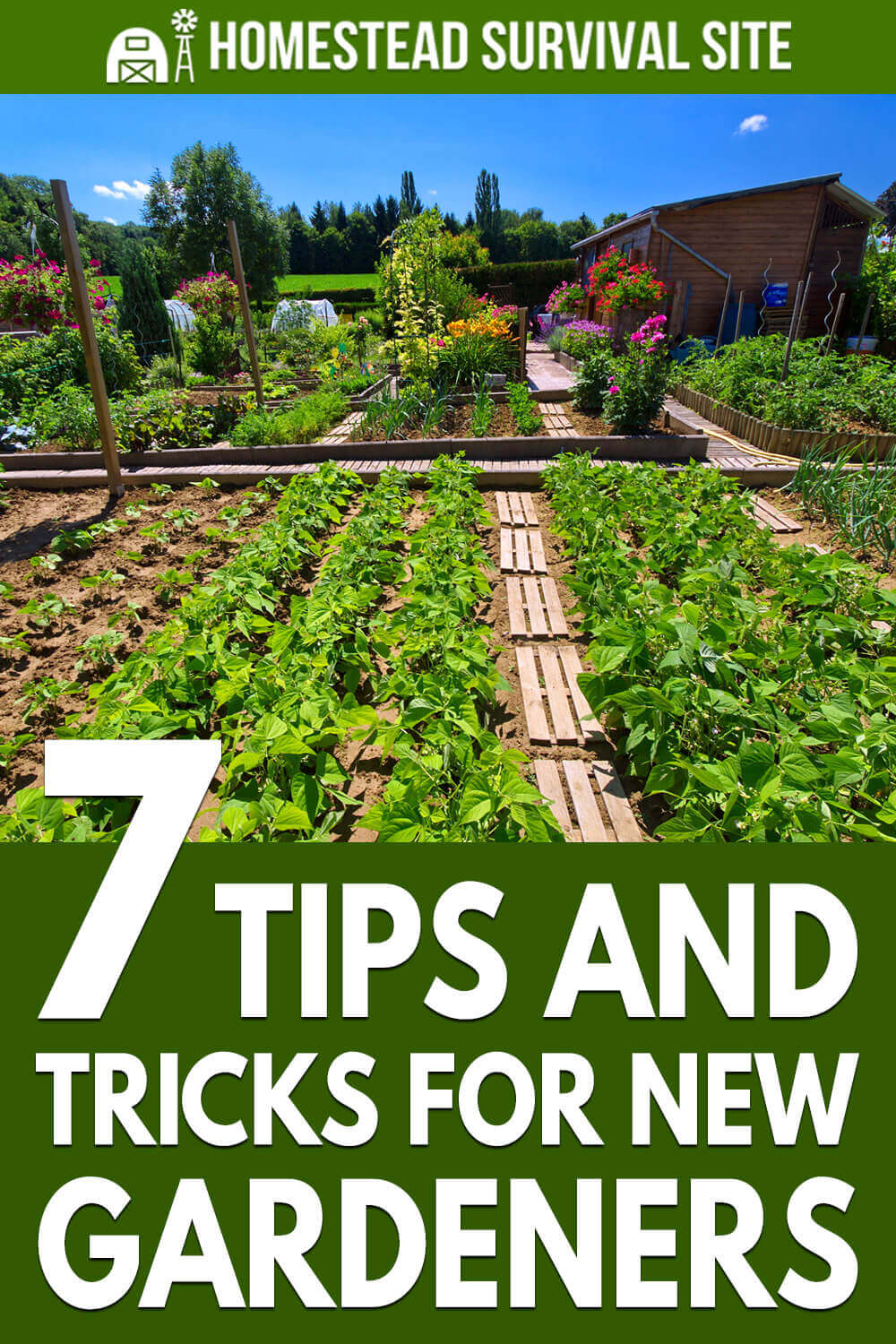


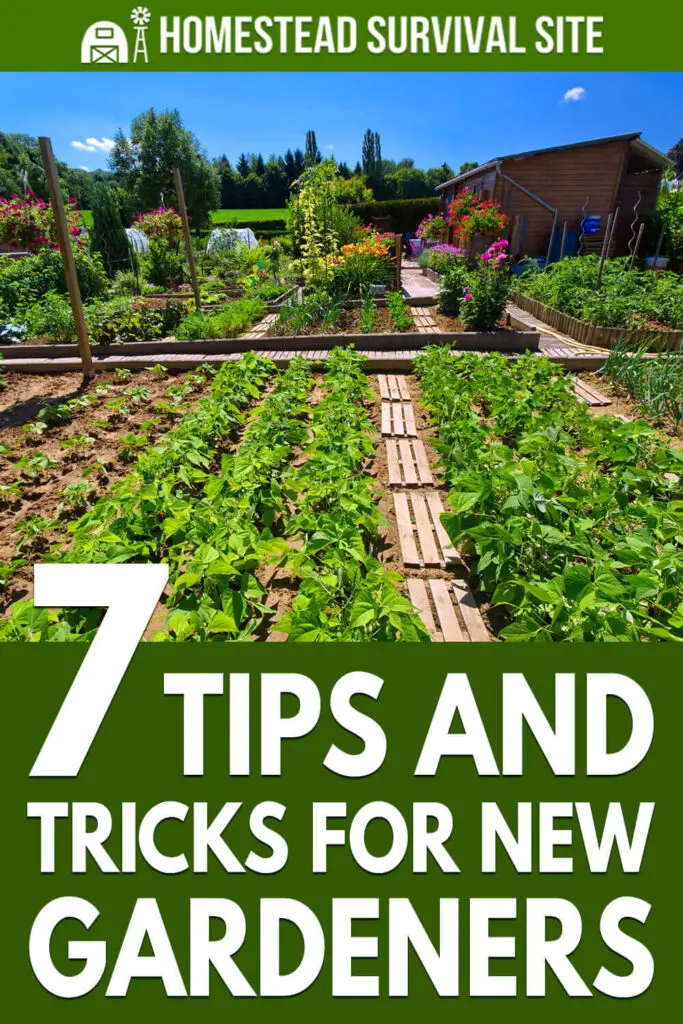

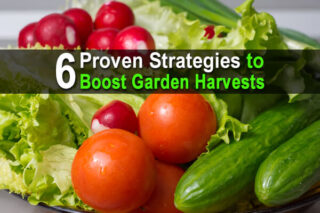
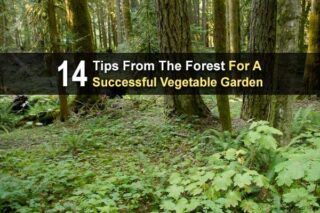
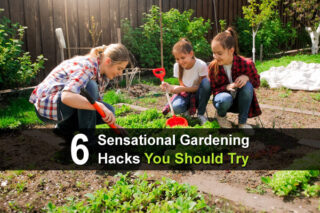
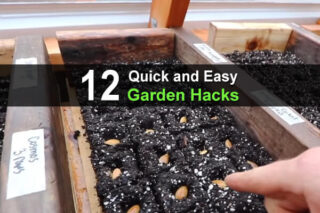



With used coffee grounds, unless sprinkling them lightly on top of the soil to attract earthworms, it’s best to add them to the compost heap instead. Used coffee grounds are not acidic so won’t help acid loving plants such as blueberries – fresh grounds are used there. Used coffee grounds deter slugs, help attract the worms for aeration but they can also compact yor soil and the nitrogen breakdown can burn the plants, kill seedlings and if not used lightly can stunt plant growth. So a very light sprinkling is fine – don’t dig it in. By all means add them to the compost heap. As for egg shells, wash them first to get rid of bacteria and dry them in a low oven then grind.